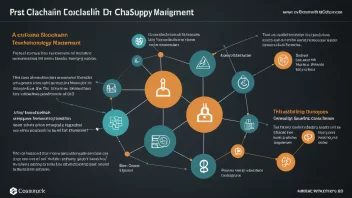The rise of digital humanities has revolutionized the way we approach research in the humanities, blending traditional scholarship with cutting-edge technology. This burgeoning field allows scholars to utilize digital tools and methods to analyze texts, artifacts, and cultural practices in innovative ways, transforming our understanding of human history and creativity. As digital humanities continue to grow, they offer significant opportunities for collaboration, engagement, and new insights across various disciplines.
One of the most significant advancements in digital humanities is the ability to digitize and archive vast amounts of historical and cultural data. By converting texts, images, and audio recordings into digital formats, researchers can preserve invaluable resources for future generations. Additionally, digitization facilitates access to materials that may have been previously restricted or difficult to find. Online databases and digital libraries now provide scholars and the public with unprecedented access to primary sources, allowing for a more comprehensive exploration of cultural narratives.
Beyond preservation, digital humanities enable new forms of analysis and interpretation. Computational techniques such as text mining and data visualization allow researchers to uncover patterns, trends, and relationships within large datasets. For example, a literary scholar might use text mining to analyze themes and motifs across hundreds of novels, revealing insights that would be impossible through traditional close reading. Similarly, visualizations can illustrate complex data relationships, making it easier to convey findings to broader audiences.
Collaboration is a hallmark of digital humanities, as scholars from diverse disciplines come together to tackle complex research questions. This interdisciplinary approach encourages innovative projects that might not have been feasible within the confines of a single discipline. For instance, historians might partner with computer scientists to create interactive timelines that map historical events alongside contemporary social movements, enriching the understanding of both. Such collaborations not only enhance research outcomes but also foster a vibrant academic community that values diverse perspectives.
Moreover, digital humanities have significant implications for education. By incorporating digital tools into the curriculum, educators can engage students in new and exciting ways. Students can participate in hands-on projects that involve data analysis, digital storytelling, or even the creation of virtual exhibits. This active learning approach not only enhances students' critical thinking skills but also prepares them for a workforce increasingly reliant on digital literacy.
Despite the many benefits, the rise of digital humanities also presents challenges. Scholars must navigate issues related to digital equity, data security, and the ongoing need for critical evaluation of digital sources. Furthermore, the integration of technology must not overshadow the importance of traditional methodologies in the humanities. Balancing these approaches will be crucial for the future of academic research in the field.
In conclusion, the rise of digital humanities represents a transformative development in the humanities, merging technology with traditional scholarship to create new avenues for research and engagement. As this field continues to evolve, it promises to enrich our understanding of human culture, foster collaboration among scholars, and enhance educational experiences for students. The digital humanities revolution not only bridges the past with the present but also paves the way for a more inclusive and vibrant future in the humanities.
The Digital Humanities Revolution: Bridging Past and Present
The digital humanities revolution is transforming research in the humanities by integrating traditional scholarship with modern technology.






